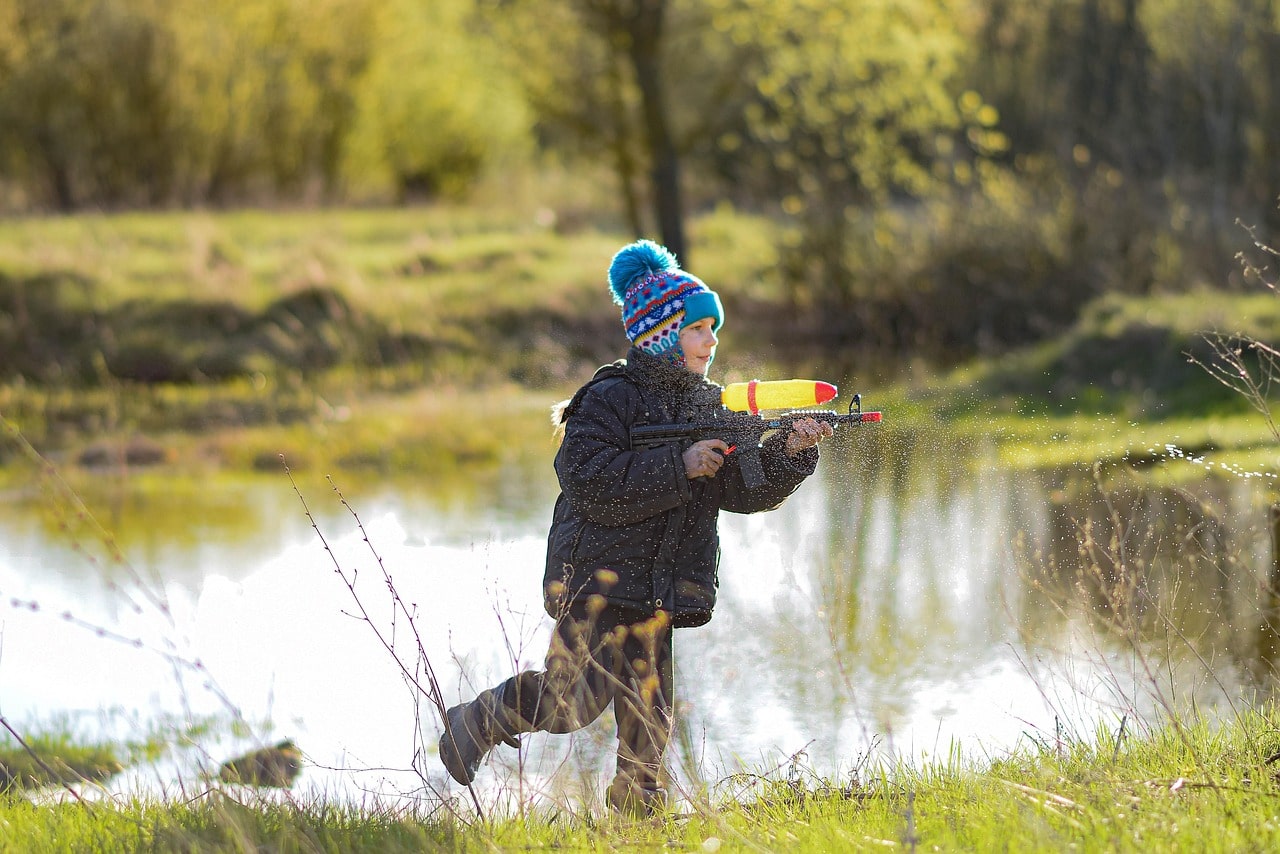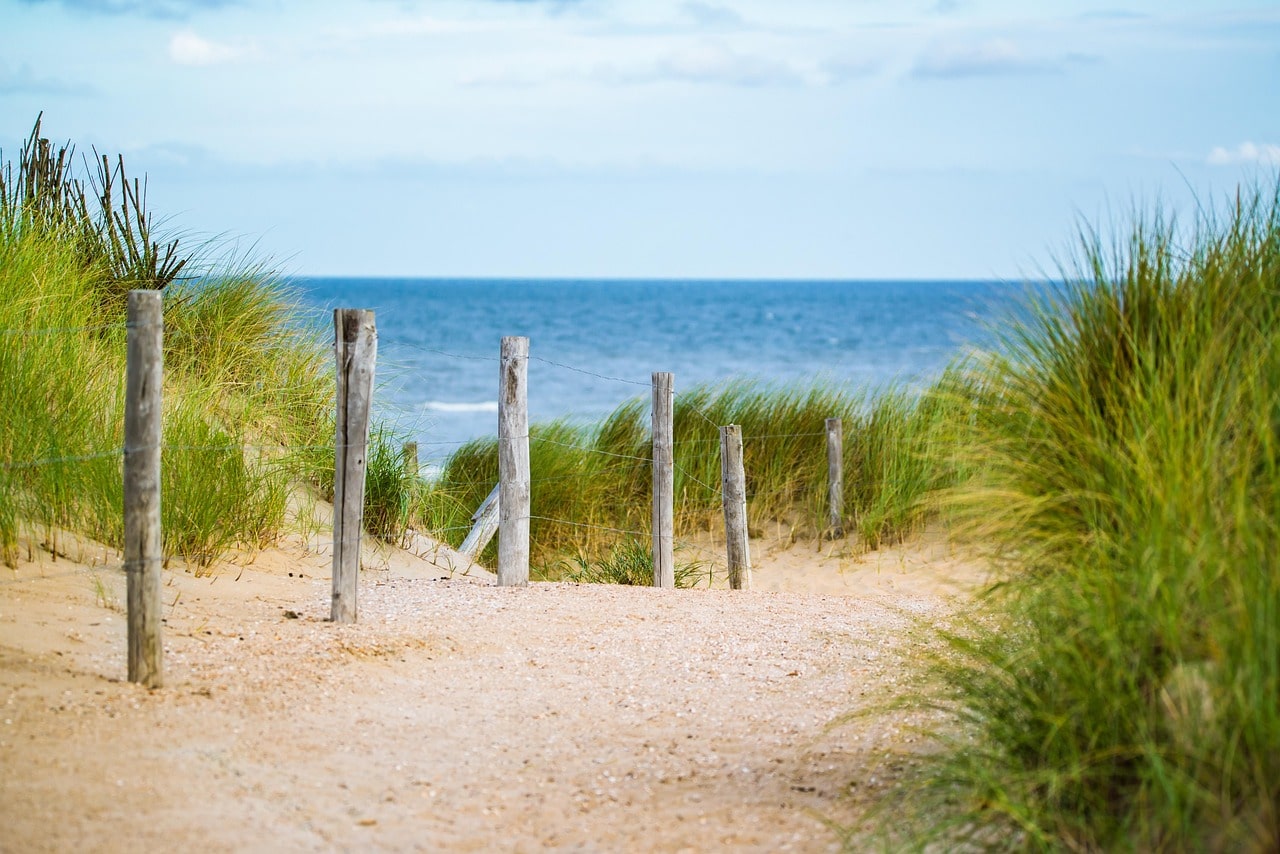Creative Play Spaces for Kids
Creative play is an integral part of childhood development, allowing children to explore their imagination, develop problem-solving skills, and enhance social interactions. As parents, we want to provide our children with the best possible environment for play. While traditional play spaces such as playgrounds and toys are great, there is so much more that can be done to enhance a child’s playtime. In this article, we will explore some unique and creative play spaces for kids that will stimulate their creativity and provide endless hours of fun.
Creating an Outdoor Oasis
Outdoor play is not only important for physical development, but it also allows children to connect with nature and boosts their mental well-being. Instead of a traditional swing set, why not create an outdoor oasis that will spark a child’s imagination? Plant a small garden where children can learn how to grow their own fruits and veggies. Set up a small tent or teepee where they can have a secret hideout. Install a sandbox or a mud kitchen where they can explore their senses and create their own masterpieces. These elements will not only enhance their playtime but also teach them important life skills.
Indoor Playhouses and Forts
When the weather doesn’t allow for outdoor play, indoor playhouses and forts are a great alternative. Not only do they provide a space for imaginative play, but they can also serve as a cozy spot for reading and learning activities. You can opt for a prefabricated playhouse or get creative and build one from scratch using cardboard boxes and sheets. Give your child the freedom to decorate and personalize the fort or playhouse, allowing them to take ownership of their special space.
Art and Creation Stations
Artistic play helps children with self-expression, fine motor skills, and boosting their confidence. Set up a designated art and creation station in your home where children can unleash their creativity. Stock it with a variety of art supplies such as paint, markers, crayons, paper, and recyclable materials for unconventional creations. You can also add a simple baking station where children can experiment with creating their own treats. These stations will not only promote creativity but also help develop problem-solving skills as children navigate through art and baking challenges.
Make-believe Play Spaces
Make-believe play is an important aspect of child development, allowing children to experiment with different roles and scenarios. Create a dress-up corner in your child’s room with costumes, props, and accessories. They can transform into their favorite superheroes, princesses, or animals. Another great make-believe play space is a puppet theater. Set up a stage and let children create their own puppet shows using simple hand puppets or stick puppets. These play spaces will encourage storytelling and help develop language skills.
Incorporating Technology in Playtime
Technology can also play a role in enhancing playtime. However, it is essential to find a balance and use technology as a tool rather than a primary source of entertainment. Set up a simple coding station where children can learn basic coding concepts while playing games. You can also turn storytime into an interactive experience by using storytelling apps that allow children to participate in the story. Virtual reality can also be incorporated in playtime, providing an immersive and educational experience.
Sensory Play Spaces
Finally, sensory play is crucial for children’s development, stimulating their senses and promoting cognitive and social skills. Set up a sensory bin or table filled with different materials such as rice, beans, sand, or water. Add scoops, funnels, and other tools to allow children to explore and create. You can also create a sensory wall using different textures and materials for children to touch and feel. Sensory play spaces are especially beneficial for children with special needs, providing a calming and stimulating environment.
In conclusion, there is no limit to what can be created to enhance a child’s playtime. By thinking outside the box and incorporating different elements, we can provide our children with endless possibilities for imaginative and stimulating play. Remember, it’s not about the quantity of toys or play spaces, but the quality and creativity behind them that truly matters.











